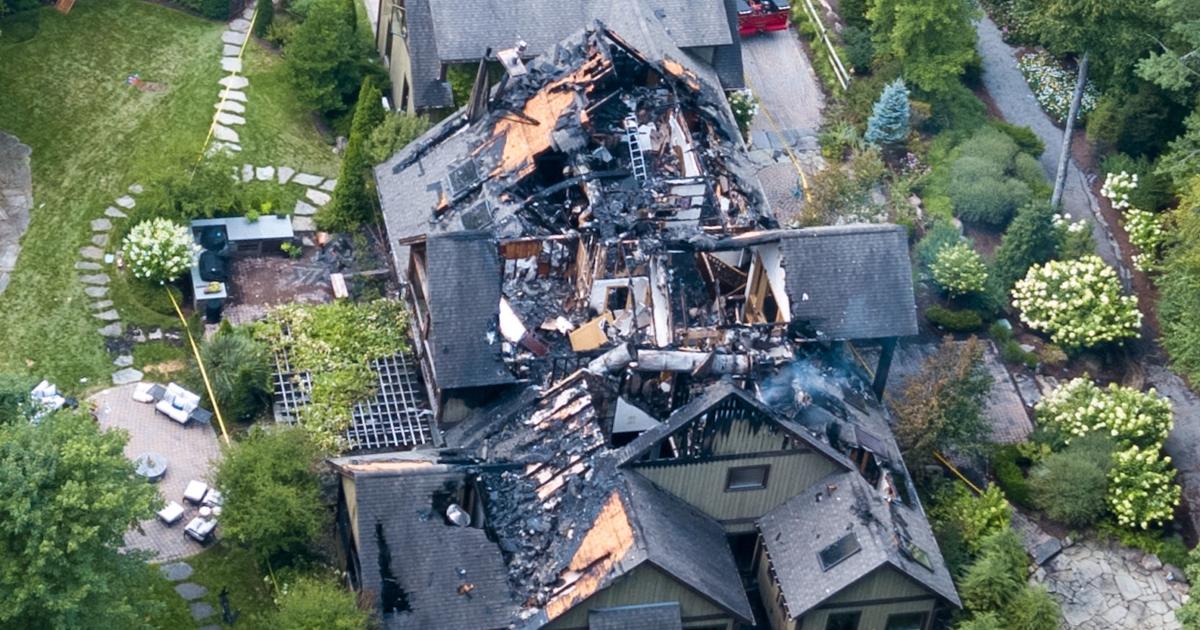I believe it was in August I heard Rachael Rays house in upstate NY burned. My wife recorded her show today. Rachael explained how she lit a fire in the fire place. Soon after a ATV rider saw the roof on fire. It was a chimney creosote fire. They said chunks of burning creosote caught the roof on fire. The house is a large timber frame, cathedral ceiling chalet, about 13 years old. I don't what the roof material was, I wonder if it was wood.
She went on to say they have the chimney cleaned twice a year. They didn't show any masonry chimney, so I suspect it might have been a zero clearance, with a class A chimney.
I'm thinking a bad installation with clearance issues. Maybe chimney bends that make cleaning difficult. Or maybe cleaning that never happened. My wife is in a panic, as I clean once a year.
What do you guys think?
She went on to say they have the chimney cleaned twice a year. They didn't show any masonry chimney, so I suspect it might have been a zero clearance, with a class A chimney.
I'm thinking a bad installation with clearance issues. Maybe chimney bends that make cleaning difficult. Or maybe cleaning that never happened. My wife is in a panic, as I clean once a year.
What do you guys think?



